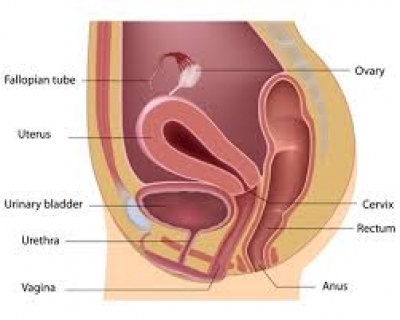The doctor may suspect oligohydramnios if the baby appears smaller for the stage of pregnancy. The doctor may suspect the low growth when she finds your uterus height is not as much as expected for that stage of pregnancy.
Low amniotic fluid levels may be seen in






